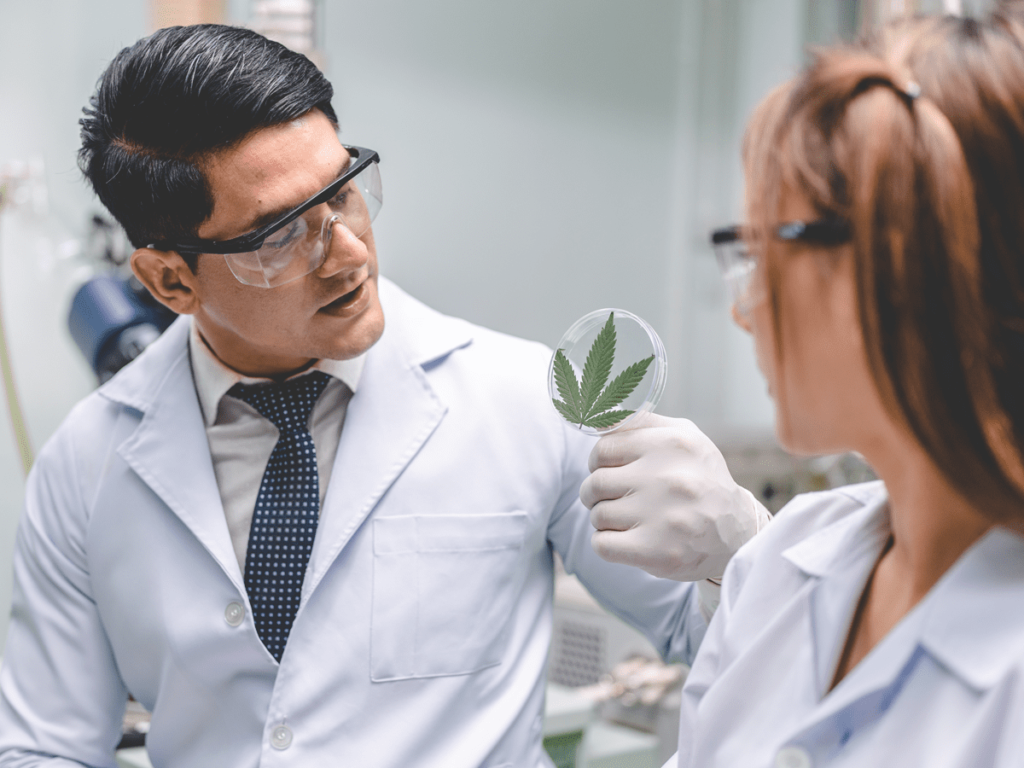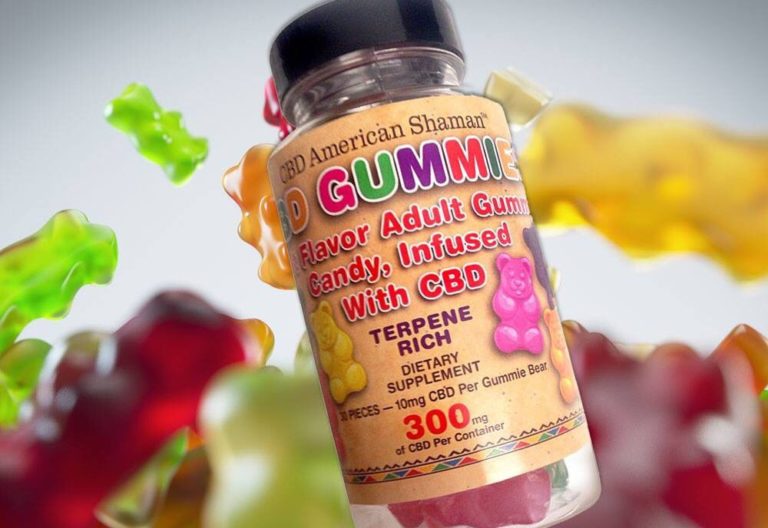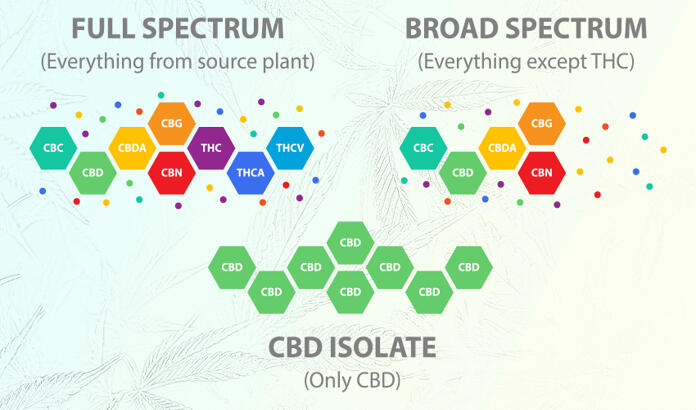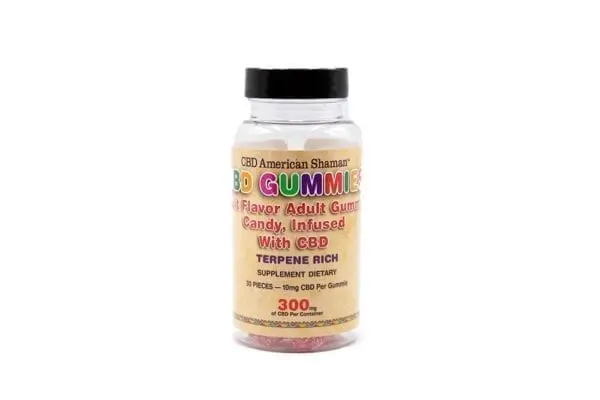What is a COA?
If you’ve ever shopped for hemp or cannabis products, you’ve likely come across the term COA. While it may seem like just another buzzword in the industry, like CBD or terpene, a COA is actually a crucial element to understand.
Knowing what a COA is and how to interpret it is key when shopping for hemp or cannabis products. While appearance and aroma can offer some insight into a product’s quality, a COA provides a detailed, in-depth view of the item you’re considering purchasing.
What does COA Stand For?
COA is short for Certificate of Analysis. They are the third-party testing results of a laboratory licensed to test for a variety of things. These items can be required by state or federal law (depending on if the product is derived from hemp or marijuana).
What Information Does a COA Contain?
A Certificate of Analysis (COA) provides valuable information for both industry professionals and consumers.
Typically, these third-party lab reports test for a variety of factors, including:
- Cannabinoid potency
- Terpene content
- The presence of mold, pesticides, herbicides, or heavy metals
- Moisture content (especially for smokable flower products)
For hemp products, COAs are mandated by federal law to ensure that all products meet safety standards and contain less than 0.3% Delta 9 THC by dry weight.

For cannabis products, legal marijuana programs vary state by state. However, COAs are a common element among all of them. This testing is a quality control measure to help ensure brands are adhering to all safety standards outlined by the individual state program.
How to Find a COA
There are several ways to find a COA. Reputable brands will make sure the COAs for all products they carry are accessible to their shoppers.
The first way is by checking the brand’s website. Reputable brands want to make it easy for shoppers to access the information they need. Updating COAs and ensuring they are current is easy when uploading them directly to the website. Not only is this convenient for the brand but also for the shopper as well.
QR codes can also overlap with this category. Many brands have taken the online experience up a notch by placing QR codes directly on the packaging or the product itself. If a shopper scans a QR code, it can take them directly to the COA on the website. This packaging/labeling addition has rapidly grown in popularity with both shoppers and brands for its accessibility, convenience, and transparency.
Another way to find a COA is by speaking with an employee at the store you are shopping at. Stores that carry these types of products should have copies of all COAs on hand. Asking politely can help get the answers you need.
Red Flags to Watch Out For
When it comes to COAs, there are a couple of red flags to look out for. The first is the COA expiration date. On average, COAs are valid for about a year. In that time, a product could change and may require retesting. This expiration date can also provide the shopper with a good idea of how old a product is.
Secondly, if a brand is asked to provide a COA and they reply with a denial saying the COA is proprietary knowledge, this is a red flag. A refusal to provide a COA creates distrust between a brand and its customers.

The Bottom Line
A Certificate of Analysis (COA) is an essential resource for both brands and consumers. Although it may appear to be just a piece of paper, a COA contains a wealth of information. It allows shoppers to verify potency, quality, and the specific cannabinoid and terpene content of a product.
Understanding how to read a COA is crucial when shopping for hemp or legal cannabis products. Think of a COA as a treasure map—it can guide you to the perfect product that meets your needs.





